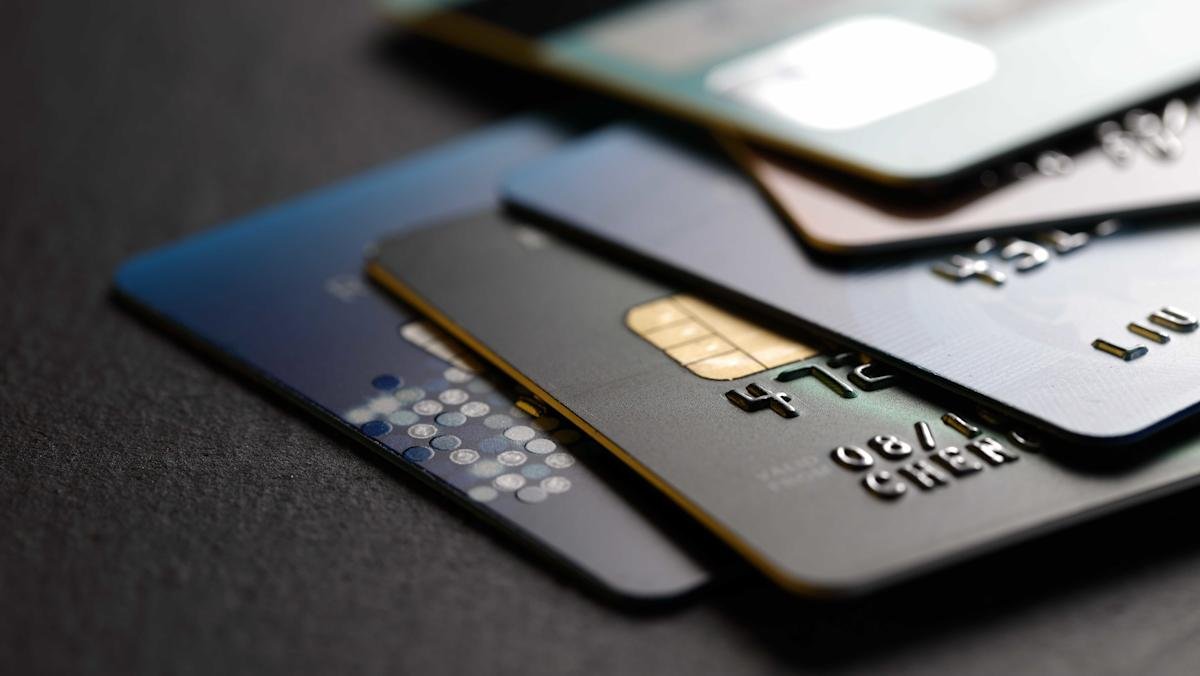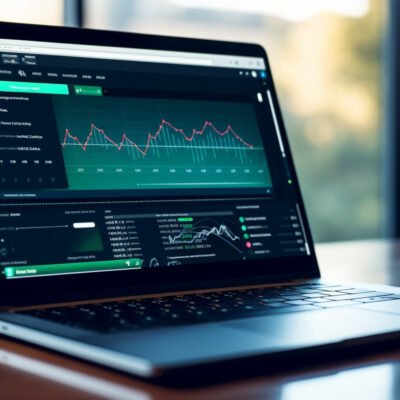00:00 Speaker A
In a new survey from debt.com, it finds one in three Americans say they rely on credit cards to make ends meet. 32% have maxed out their credit cards, 63% carry a credit card balance, and more than one in five owe over $10,000. All week on wealth, heading into the second quarter of the year, we’re helping you spring clean your finances. And today’s focus is evaluating your debt strategies. Here to help is Nick Holeman, who’s the director of financial planning at Betterment. Nick, good to have you here with us. Let me just get your thoughts on that survey and those findings and what it’s ultimately saying about the state of Americans finding themselves in right now with regard to debt and credit cards.
01:04 Nick Holeman
Yeah, first off, thanks for having me back. The data is out, delinquencies are up, and there’s over $1.2 trillion in credit card debt. Uh, we’re seeing a lot of investors getting really nervous about investing in the stock market, and instead, they’re fleeing to cash. And what I would argue is many of those investors that are fleeing to cash would actually be better served if they take those funds and use them to pay down credit card debt, instead of sitting in a cash account that might not be earning nearly as much interest as they’re being charged on their credit cards.
02:04 Speaker A
How do you decide what kind of debt you should pay off right now and what strategy you should use?
02:11 Nick Holeman
Yeah, so I’m a math guy, I’m a numbers guy. I prefer what’s called the debt avalanche, which if you’re not familiar with it, it means that you prioritize paying off debt with the highest interest rate first. But we take it even a step further. So, map out all of your debts, list out their interest rates. If you have any debt right now that has an interest rate above 8%, given where the market is, given where the Fed is, right now that 8% cutoff is what we’re telling clients, if you have rates above 8%, pay that off before you do almost any investing.
03:04 Speaker A
So, what about refinancing your debt? Is is now a good time to do that?
03:11 Nick Holeman
For most clients, I’d say no. If you look at what the market’s predicting, um they’re pricing in roughly two to three more rate cuts by the Fed before the end of the year. So if you’re on the bubble about refinancing, I’d argue maybe sit tight. Hopefully, those rates will come down two to three more times, even more than where they are right now. And that’s when you should take the opportunity to refinance any high interest debt.
03:45 Speaker A
And so with what we were talking about in these survey findings, the number of Americans that are actually using credit, perhaps just as a bridge in order to make sure that they can get through some of the paycheck to paycheck pressures that they may be feeling. How can you ultimately, once you’ve started to pay down some of the debt, make sure that you’re also setting up a better routine for not needing to tap credit as much?
04:17 Nick Holeman
Yeah, I saw just a headline recently where uh food delivery services are now offering buy now pay later. So I think that just, that really signals that some some buyers out there are having a tough time uh making ends meet or living paycheck to paycheck. Um, sometimes it’s not going to be some easy simple answer, but taking a step back, prioritizing your goals, setting a budget that starts with your savings goals first as opposed to what your spending goals are, that’ll help make sure your priorities are aligned. And then tracking your funds on a on a monthly basis as well, using a budgeting app. You know, there’s lots of these these strategies that it’s nothing necessarily new, but I would say coming into the new year, people are fresh off New Year’s resolutions. Seasonality isn’t really a thing with debt, but tax season is. And so if you’re one of the 120 million taxpayers that’s expected to get a tax refund, don’t squander that influx in cash. Consider using that as a great way to jump start um your new goals to pay down some of that credit card debt.
05:37 Speaker A
And while you’re looking across your debt, how do you avoid some of the common pitfalls? And what are some of those frequent pitfalls that you’ve seen?
05:48 Nick Holeman
Yeah, I’m not anti-debt, just to be clear. I myself have like 10 credit cards. I love optimizing and getting as much value and points as you can. But we see a lot of clients really um get tripped up on that. So when if you are starting to go into the credit card game and trying to maximize points and miles and those types of things, one thing that you need to make sure of is look at credit cards that have a downgrade path, or sometimes it’s called a product change. Google that term if you’re thinking about applying for a card. What that means is you can sign up for the card, take advantage of any sign-up bonuses or great rewards that they have, but it gives you an exit path. So if that card for whatever reason no longer makes sense, or you can’t justify the high annual fee that it has, you can downgrade or do a product change to maybe a lower fee or even a no-fee credit card. And that’s going to make sure that you’re not living for the short-term points and sacrificing your long-term financial future.
06:57 Speaker A
Nick, thanks so much for joining us. Really appreciate it.
07:02 Nick Holeman
Thank you.





